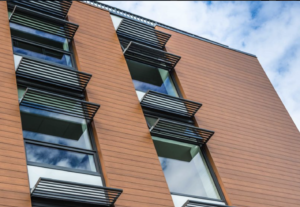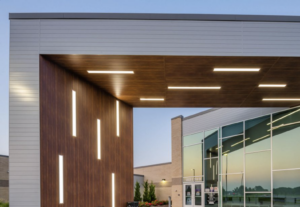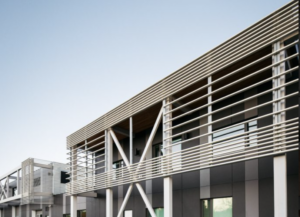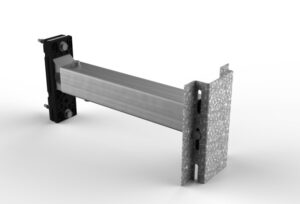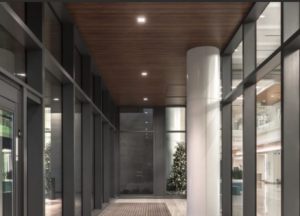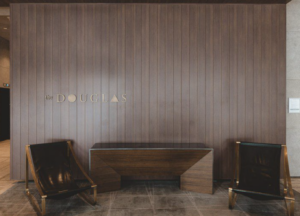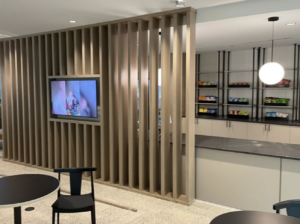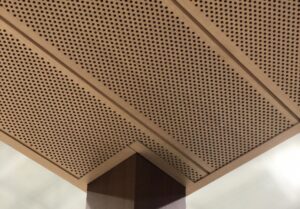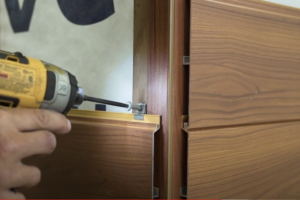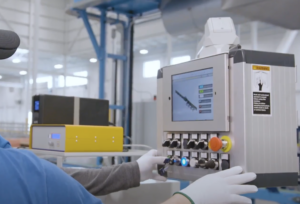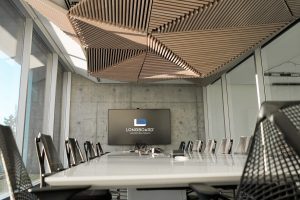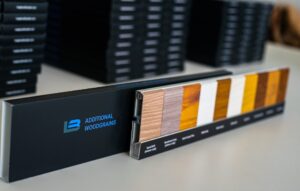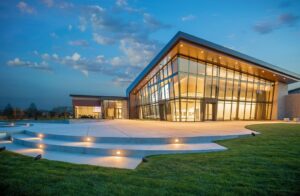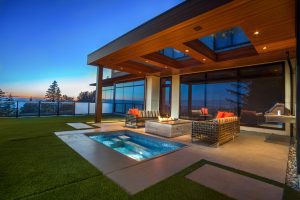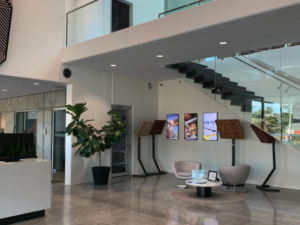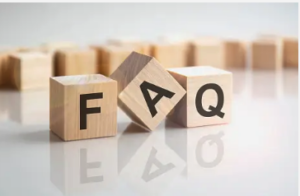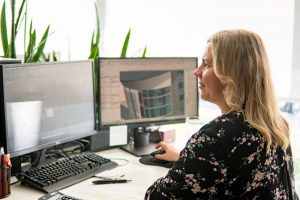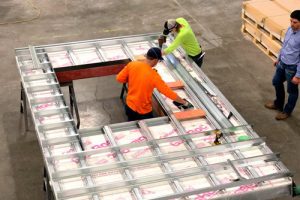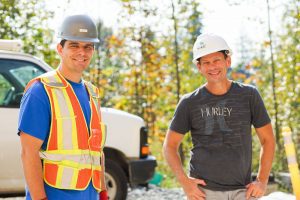
Care & Maintenance
Keep your Longboard® Installation Looking Great for Years to Come
While our finishes require zero maintenance, we do recommend periodic cleaning to keep the product looking its best. Our coating finish is tested to withstand corrosion, fading and normal wear; however, neglect and rough conditions could have negative effects on the surface finish of your product. These effects will not negate the structural performance of the product, but prolonged exposure to these conditions may result in permanent markings or surface damage.
Aluminum products are not known to collect a lot of dirt or dust, and in most scenarios the natural dirt collection will not harm your Longboard coatings. However, regular cleaning will improve the look of your Longboard as well as the longevity of your product. In some extreme instances the failure to clean the surface of your Longboard may null the product warranty.

Longboard® is Innovative Sustainable Quality Visually Stunning
Conditions that may require additional care & maintenance
Coastal Regions
Locations on a coast are more prone to fog, and salt spray. Moisture of this type can lead to a heavy build-up of dirt and salt. This can be hard to remove if not cleaned regularly.
High Rain Frequency
Structures existing in a metropolitan area that have exterior Longboard products installed should be cleaned more often than structures that exist in rural areas. This is due to smog and other natural industrial dirt that are present in a city atmosphere.
Metropolitan Areas
Structures existing in a metropolitan area that have exterior Longboard products installed should be cleaned more often than structures that exist in rural areas. This is due to smog and other natural industrial dirt that are present in a city atmosphere.
Dry Regions
In areas where there is little to zero rain, cleaning should be scheduled on a more frequent basis as there will be a lack of natural rain washing.
Initial Cleaning After Installation
Light surface soil level
Start your cleaning at the top of the building and work your way down. For light soil levels you can use moderate water pressure to dislodge the dirt. If some dirt is still sticking to the Longboard a soft sponge/brush and a mild detergent with uniform pressure first wiping vertically and then horizontally. After cleaning thoroughly rinse the surface with water ensuring no soap is stuck in any crevasses or joints. You can let the Longboard air dry or use a dry cloth or a squeegee.
Some special considerations to take when using a mild detergent is to make sure the soap does not run down the boards to another section. This can increase the likelihood of soap getting into the joints. Work in small sections, not allowing the soap to drip. If dripping is unavoidable keep the bottom sections of the product wet or flooded to avoid streaking. Do not allow the detergent to pool anywhere on the Longboard surface.
When picking a mild detergent use the following rule. Anything safe for your hands will be safe on your Longboard surface.
Medium surface soil level
If the dirt is still stuck on the surface after the use of mild detergent you may use the assistance of a cleaning pad. Hand scrub the surfaces using a nylon cleaning pad. Rub the pad on the Longboard with soft pressure following the woodgrain pattern. Rise thoroughly with water. You may want to use a sponge to rinse to ensure all soap residue is removed.
Heavy surface soil level
If the soil level is not removed with a nylon pad a more aggressive solvent may have to be used to clean the Longboard. However, the use of solvents may deteriorate the coatings with prolonged use. As noted above a test patch should always be performed on a sample piece prior to cleaning the product.
As a general rule never mix cleaners as this may cause a chemical reactions resulting in damage to the coating or a toxic gas emission. Also, always rinse the Longboard surface after any cleaning.
After cleaning, it is recommended that an inspection be done to check the seams, sills, and any crevasse for water. Any pooling in these areas should be wiped up. Before you allow the boards to dry you should ensure you’re happy with the appearance of the Longboard. If there is any discoloration from leftover dirt or residue this should be cleaned off before drying.
Precautions
Never use aggressive acid or alkaline cleaners on Longboard finishes. Do not use cleaners containing Tri-Sodium Phosphate, Phosphoric Acid, Hydrochloric Acid, Hydrofluoric Acid, fluorides or any other compound that is known to react with metal.
Always follow the cleaner’s instructions for dilution. Cleaning the surface with a cleanser that is not diluted may result in damage to the coating. Always do a test patch before cleaning in large sections.
It is preferable to clean your Longboard product on a shaded day. Cleaning in direct sunlight can cause cleanser or dirt to bake on at a faster rate. Similarly, do not clean Longboard in freezing temperatures as this may cause the aluminum to react.
When cleaning other surfaces of the building be cautious of the cleaner dripping onto your Longboard product. For example, if you are cleaning your windows with a highly acidic substance you would not want this to drip onto Longboard and cause an adverse reaction to the finish.
Do not use repetitive and abrasive pressure when scrubbing stains. Scrubbing aggressively in the same spot may wear down the finish at an accelerated rate.
Do not use any alcohol cleaners as this can weaken the coatings at an accelerated rate
Recommended Care & Maintenance Schedules
Non-Aggressive Environments
Clean and inspect once per year
Tropical Environments
Clean and inspect every 6 months
Chlorinated Swimming Pools
Clean and inspect every 3 months
Coastal Environments
Clean and inspect every 3 months
Industrial Environments
Clean and inspect every 3 months
Aggressive/ Hazardous Environments (Active Job Sites)
Clean and inspect every month

